EDITORIAL
French President Emmanuel Macron and German Chancellor Angela Merkel have revived the Aachen Treaty first signed by Adenauer and de Gaulle in 1963. But the context and the goals are completely different today

The French-German treaty signed by French President Charles de Gaulle and German Chancellor Konrad Adenauer in January 1963 had sparked off deep criticism on the part of neighbouring European countries. The leaders of European institutions had also expressed their disappointment. Critical voices were heard also in the German Bundestag, voiced not only by those serving in the opposition but also among the governing political parties. It was feared that the bilateral approach of two Member States would hinder the development of the Community, with negative consequences on the unification process. The circumstances of the new French-German Agreement signed by French president Emmanuel Macron and German Chancellor Angela Merkel in Aachen on January 22, are completely different. The President of the European Council Donald Tusk and the President of the European Commission Jean-Claude Juncker, along with the chair of European Union’s rotating presidency Klaus Johannis, (Romania), were present to impart their multilateral blessing to this bilateral initiative. In clearer terms compared to the 1963 treaty, the new Treaty is put at the service of the European Common Home.
The 2019 Aachen Treaty is not a new edition of the Elysée treaty of 1963.
In fact it can be said to represent its continuation, its evolution. The French-German duo thus intends to respond to the new challenges the EU is called to address today as well as those lying ahead.
Despite its rapid development – owing to this development and to the manifold drastic events forming part of the integration process – with its 28 member Countries the European Union is experiencing a period of difficulty. Urgently needed reforms are stalled; the new challenges in the international arena see the emergence of new threats which European peoples are still seeking solutions to; for the first time a member Country intends to leave the EU; a cultural divide, slowly separating new and old Members of Eastern and Central Europe, is undermining the ability to act in unison, in a spirit of solidarity. Finally, new expressions of populist nationalism that have spread across most Member States have triggered dangerous forms of insecurity within their political systems, inherently questioning – inter alia – the Community agenda.
On the backdrop of these threats and insecurities the unification process needs a powerful thrust which, given the present situation, can be given only by the French-German couple.This time criticisms are fomented by different actors compared to those that fuelled dissent against the 1963 Treaty. Today the leading players are accused of the fact that given the diversity, nature and scope of the threats, they should have shown greater determination by proposing a consistent strategy in line with their roles as leaders. This could be true, but the French and German statespersons – Emmanuel Macron and Angela Merkel – are suffering the pressure of critical circumstances that limit their freedom of action.
The Treaty is not designed to have direct effects. Rather, it expresses vitality and sustainable short-term dynamism in the unification process and in the development of pre-existing achievements and approaches. The detailed preamble of the document describes the areas of consensus resulting from hitherto achieved cooperation and integration. This consensus is thus ratified. This is the premise. Now the question is to complete the common market and consolidate the Economic and Monetary Union; but it’s also a question of creating fertile grounds for the emancipation of the European Union in terms of foreign policy and security and to ensure closer cooperation in the area of defence policies, namely, to give Europe the power to act independently.